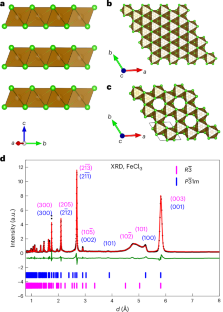2024-09-23 ペンシルベニア州立大学(PennState)
<関連情報>
- https://www.psu.edu/news/earth-and-mineral-sciences/story/earth-beneath-ice-sheet-key-predicting-sea-level-rise-warming
- https://www.science.org/doi/10.1126/sciadv.adn1470
現実的な3次元マントルの粘性が、南極大陸の将来の海面上昇に与える影響 The influence of realistic 3D mantle viscosity on Antarctica’s contribution to future global sea levels
Natalya Gomez, Maryam Yousefi, David Pollard, Robert M. DeConto, Shaina Sadai, Andrew Lloyd, Andrew Nyblade, Douglas A. Wiens, Richard C. Aster, and Terry Wilson
Science Advances published:2 Aug 2024
DOI:https://doi.org/10.1126/sciadv.adn1470

Abstract
The response of the Antarctic Ice Sheet (AIS) to climate change is the largest uncertainty in projecting future sea level. The impact of three-dimensional (3D) Earth structure on the AIS and future global sea levels is assessed here by coupling a global glacial isostatic adjustment model incorporating 3D Earth structure to a dynamic ice-sheet model. We show that including 3D viscous effects produces rapid uplift in marine sectors and reduces projected ice loss for low greenhouse gas emission scenarios, lowering Antarctica’s contribution to global sea level in the coming centuries by up to ~40%. Under high-emission scenarios, ice retreat outpaces uplift, and sea-level rise is amplified by water expulsion from Antarctic marine areas.



